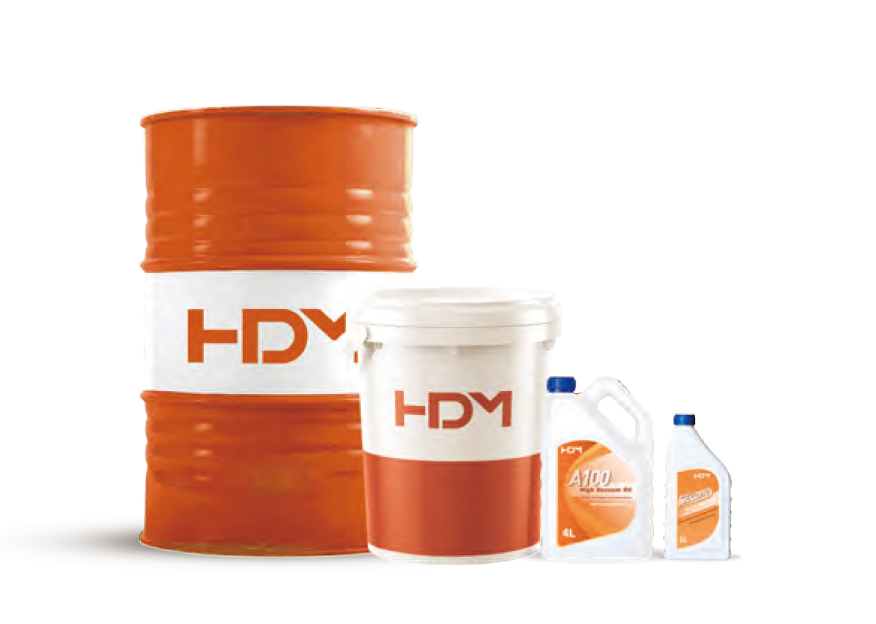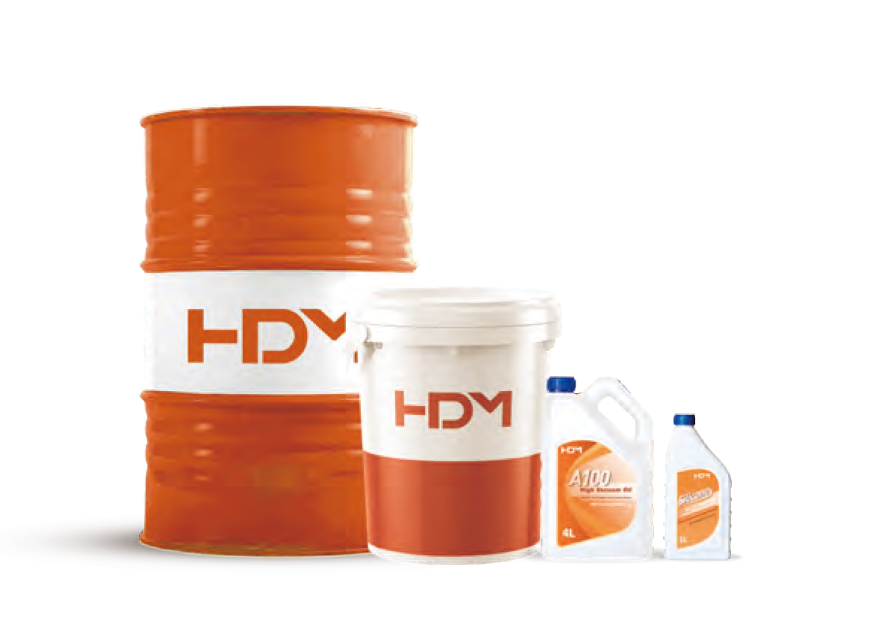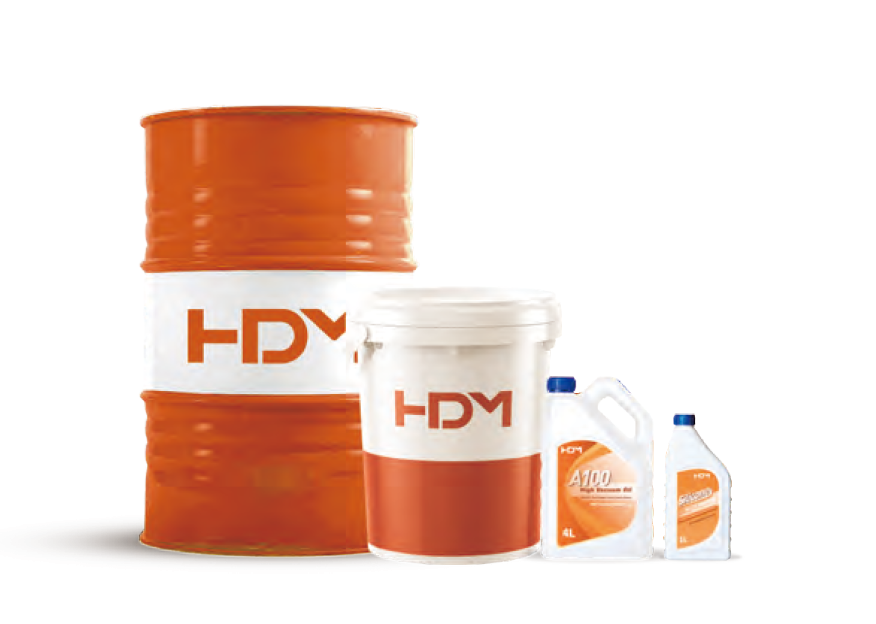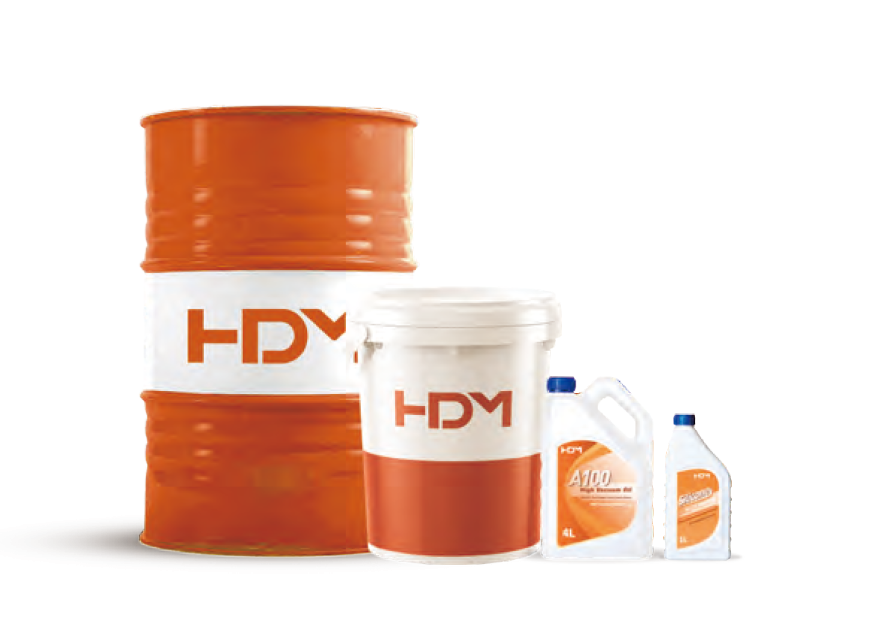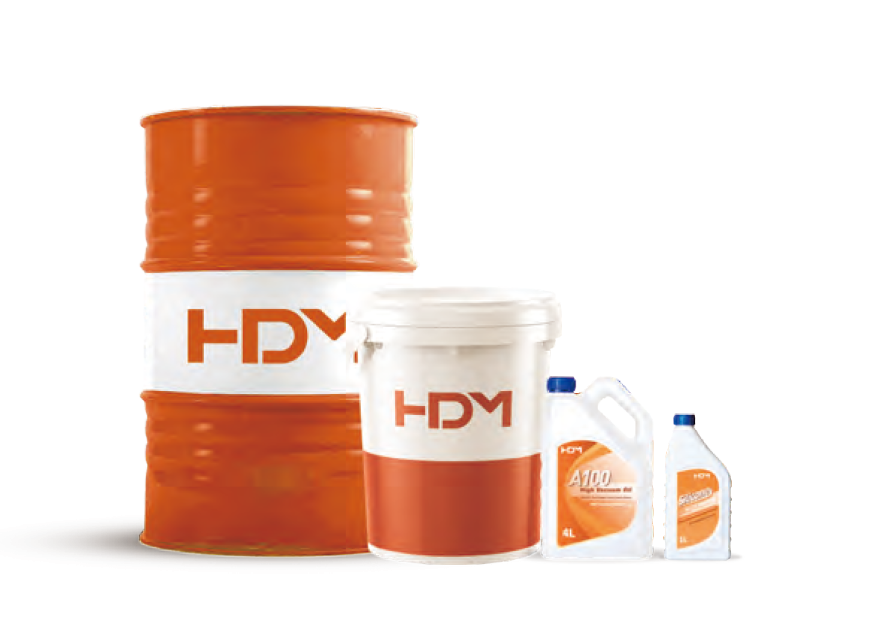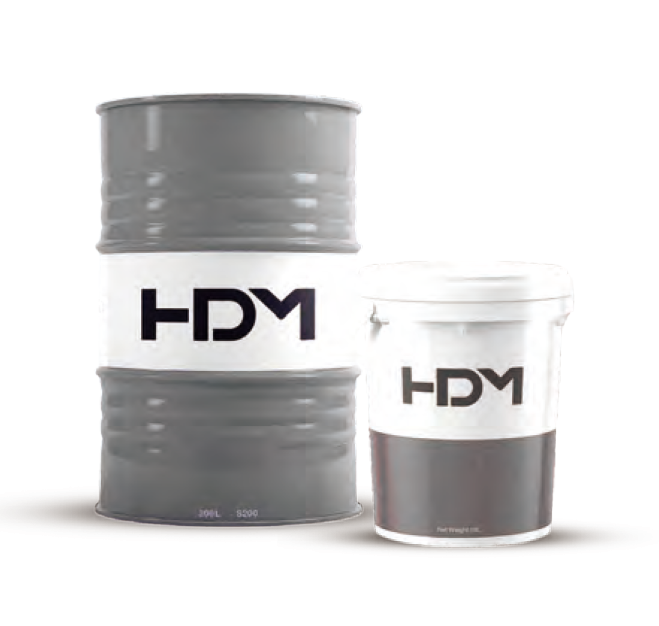Avoiding oil contamination is critical to the performance and long life of the machine. Preventing contaminants from entering a fluid system is an important part of any pollution control strategy. This article describes the three most common ways that contaminants can enter a fluid system.
Oil contamination is one of the leading causes of equipment failure and machine downtime. Once contaminants are present in the lubricant, they can greatly accelerate the rate of wear as abrasive wear can cause a chain reaction in lubricated machinery. Only minimal amounts of contamination affect bearings and other sensitive components. Even particles smaller than 5 microns can disrupt the lubricating film and cause extensive wear. This is why avoiding oil contamination is critical to the long life of your equipment.
Most Effective Pollution Control Strategies
There are two approaches to controlling pollutants: prevention and removal.
Since neither approach alone is sufficient, both approaches must be considered together to develop an effective pollution control strategy.
However, preventing contaminants from entering your system is much easier and less expensive than removing them, which is closely related to machine downtime.
3 Ways Contaminants Enter Your Fluid System
To prevent contamination, you must understand possible sources of contamination and where and how they enter the system.
Many people mistakenly believe that contaminants only come from external sources and are introduced through points of entry such as respirators, seals, hatches, ports or other entry points. However, not all pollutants are produced by external sources.
There are generally three types of pollution:
- Contaminants from external sources
- Contaminants from internal sources
- Contaminants from human interaction
Contaminants from External Sources
Particles can enter a system from the outside in a number of ways. Not only poor seal design and worn seal materials, but also operating and environmental conditions can lead to the ingress of contaminants.
These are the most common weak points of the system from which external contaminants can enter the system:
- Damaged shaft seal points
- Seals in hydraulic systems can cause external and internal leakage during long-term operation due to contamination that damages the sealing material.
- Respirators are potential entry points for dust, soil, moisture or other contaminants.
- Even if the system is equipped with a respirator, gaps in hatches or ports can be entry points for air and particles.
Contaminants from Internal Sources
Certain elements of the lubricant itself can become contaminants. Due to long-term use, oxidation or thermal degradation, these particles will produce oxidized insolubles, sludge, etc.
These are the most common sources of internal contamination:
- The ingress of water can cause rust, cause corrosion and the formation of iron oxides.
- The thermal decomposition of hydrocarbons leads to the formation of soot.
- Aged seals, hoses, filters or other materials can create fibers in the system and become a source of contamination.
- Friction between system components causes wear when the lubricating properties of the fluid weaken, leading to the formation of particles and contaminants.
pollutants from human interaction
Every lubrication system requires regular maintenance from time to time. Although critical to the long life of the machine, these human interactions can also lead to the formation of unwanted contaminants.
When the lubricating fluid is changed, the new lubricant is usually not clean and contains potential contaminants.
Machine repairs and component replacements can also introduce contamination. In some cases, fluid reservoirs may be exposed to weld spatter, sealants, debris, or other external elements that can cause serious fluid contamination.
Oil Analysis: The Best Way to Prevent Contamination
To avoid premature equipment failure, we recommend preventing and removing contamination when needed.
But how do you know if your fluid is contaminated? How do you know when is the right time for an oil change?
The answer is simple: monitor the condition of your lubricants and overall machine health by implementing a comprehensive oil sampling and analysis program.
When you are confident that contamination from foreign particles is under control, oil analysis and condition monitoring equipment that identifies high levels of contamination can be a warning sign of abnormal wear conditions.
General Analysis Services
HDM helps extend engine or machine life, reduce operating costs and optimize lubrication procedures. It enables preventive maintenance, reduces repair costs and avoids production downtime, which is critical for all industries and fields. It also allows analysis of problems and their possible causes.



